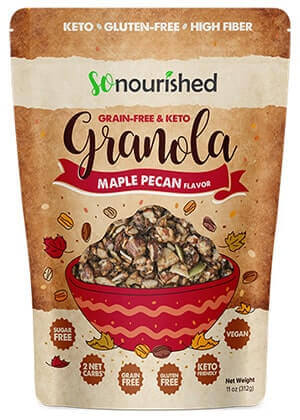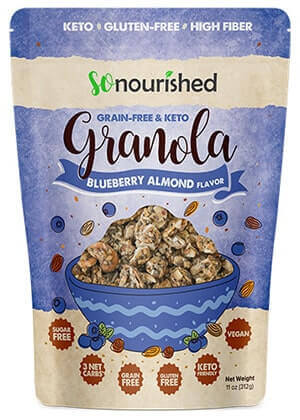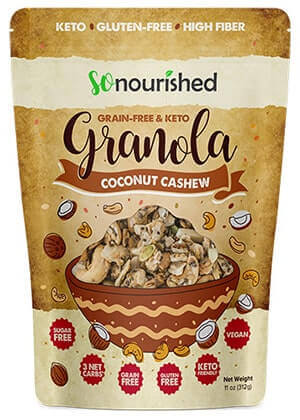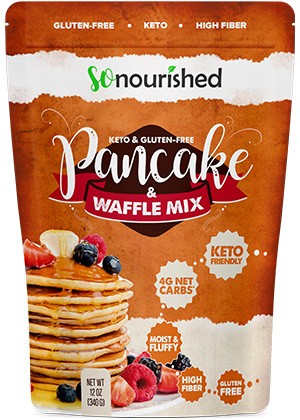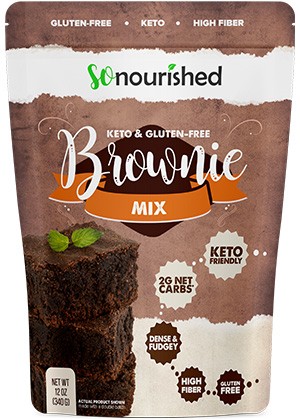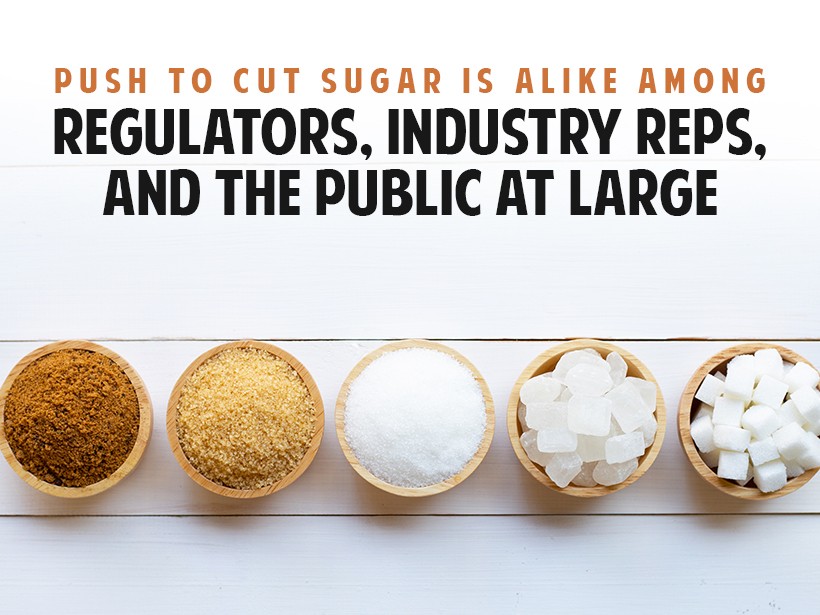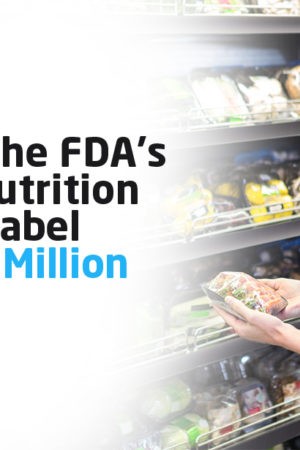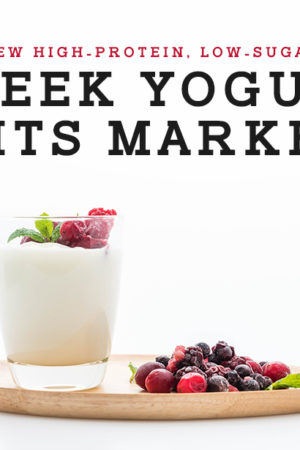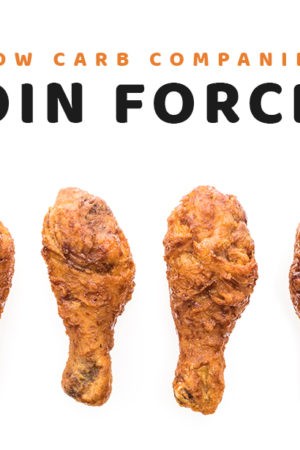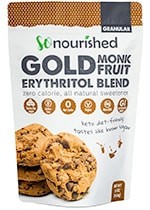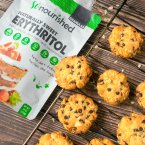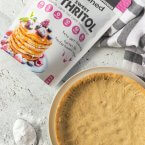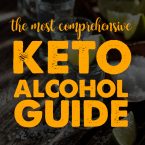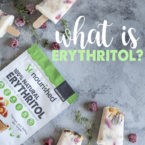With significant changes to the Food and Drug Administration’s (FDA) Nutrition Facts Label just around the corner, the federal response to the enormous quantities of added sugar in the food industry seems to be taking hold.1 As regulators respond to concerns from health professionals about the dangers of added sugar (not to mention the growing cultural shift away from carbs in general), food industry competitors have begun bickering with each other in an effort to claim the title of “least sweet” snack provider.
Food conference points to sugar as the major offender
The growing interest among regulators in lowering sugar consumption was on display in last month’s National Food Policy Conference, where health experts and regulators identified this as one of their top goals for the coming year. Laura MacCleery, policy director for the Center for Science in the Public Interest, said that her organization would be closely examining the FDA’s new Dietary Guidelines and broader policy developments to ensure that they were “driven by science” and not by industry influence. MacCleery said that she imagines a day when the sugar tax is no longer a controversial, city-by-city endeavor in the United States.
Kim Kessler, assistant commissioner of the New York City Department of Health, joined MacCleery in her call for U.S. sugar taxes at the conference. “It should be urgent as a concern,” she said, regarding the amount of sugar consumed in sodas and other sweet beverages. “The evidence is really building there, so I think it is a matter of time until [a sugar tax] is something that becomes more widespread.”2
Food industry players fight for low-sugar image
The food industry, representatives of which were present at the conference, is beginning to feel the heat. Individual companies are fighting for a healthier reputation, and some are seeking to frame their competitors as the source of misleading information and public health woes. Last month, CLIF took out a full-page ad in the New York Times encouraging KIND, its competitor in the world of cereal bars, to use more organic ingredients. In response, KIND pointed to the simple fact that CLIF’s claims to healthiness are undermined by its overwhelming reliance on sugar in its products.3
Then, KIND went one step further and released a “National Snacking Index” that “showcases the total sugar content of popular snacks, the multitude of different sweeteners, and sources of hidden sugars.”4 What they created, it turns out, is a fairly useful resource for locating the total amount of sugar in various brand name granola bars, cereals, and yogurts.
As the public pressure heats up on companies to cut sugar, it’s important that the FDA continues its progress toward holding the industry accountable for its ingredients. That progress has been slow but steady in recent years, as Americans begin to recognize the bitter consequences of their sugar addiction.
NUTRITIONAL DISCLAIMER
The content on this website should not be taken as medical advice and you should ALWAYS consult with your doctor before starting any diet or exercise program. We provide nutritional data for our recipes as a courtesy to our readers. We use Total Keto Diet app software to calculate the nutrition and we remove fiber and sugar alcohols, like erythritol, from the total carbohydrate count to get to the net carb count, as they do not affect your blood glucose levels. You should independently calculate nutritional information on your own and not rely on our data. The website or content herein is not intended to cure, prevent, diagnose or treat any disease. This website shall not be liable for adverse reactions or any other outcome resulting from the use of recipes or recommendations on the Website or actions you take as a result. Any action you take is strictly at your own risk.
- California Pushes for Cigarette-Like Warning Labels on Soda - July 1, 2019
- Is a Slowdown in Australia's Sugar Consumption a Sign of More to Come? - June 24, 2019
- Groundbreaking Study Says the Sugar Rush Doesn't Exist - June 12, 2019


